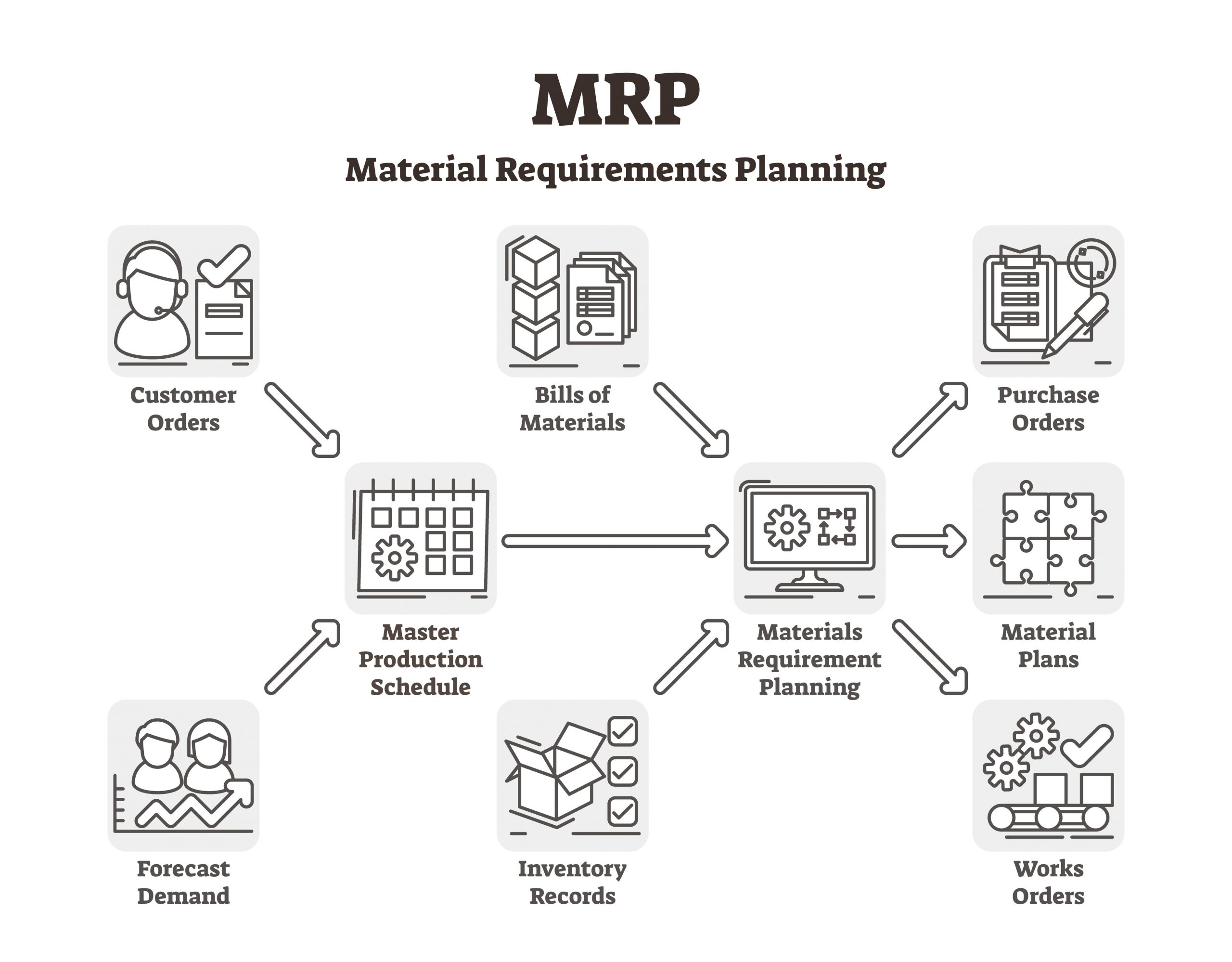When you go into any type of business, the bottom line is to have positive returns. Making profits is an achievable goal with the right strategies and tools. Many have done it, and so can you. On the other hand, innovations are coming up to assist businesses in running their operations more efficiently to realize this goal.
One such innovation is the Material Requirements Planning (MRP.) Others refer to MRP as Manufacturing Resource Planning. Whichever the definition is, the tool helps teams manage their businesses’ production, scheduling, and inventory aspects. If you plan to automate your workflows, utilizing MRP could be one great solution for you. Learn how an MRP system can support your organization’s profitability objectives.

MRP boosts business profitability by:
Helping You Meet Customers’ Needs
Customer satisfaction is key to any business since you wouldn’t be in operations without your customers. What defines customer satisfaction? Customer satisfaction entails meeting your clients’ needs and wants without fail. It also means timely delivery of these needs.
If you fail to study the market or miss your demand forecast, this could have a negative effect on the inventory levels of your finished goods. With an undersupply, your customers will be unsatisfied and seek your competitors’ services to meet their needs. As a result, your clientele will reduce, lowering your opportunities for making sales and profits.
However, an MRP system turns things around. It gives you better control of your production as you can easily see the ideal inventory level for each product type. When integrated with other tools, such as CRM, you can identify the goods in demand, and you’ll be able to manufacture them just in time to meet their need.
When this need is met consistently, it may lead to higher customer satisfaction. There is also a better chance of repeat purchases and referrals with many satisfied customers. You’ll have a wider customer base to upsell and cross-sell your products, increasing your sales and revenue prospects.

Reducing Expenditure on Raw Materials
Running a business, especially in manufacturing, can be expensive. The raw materials take up a large chunk of your capital expenses. However, you need enough to create and distribute and supply the market.
Acquiring the stock of raw materials needed to manufacture your final product can be expensive if you purchase them in small quantities. Without using an MRP system, you’re likely to buy them at the last minute when there’s a deficit. In most cases, you’ll buy them in small batches at higher retail prices just to meet the current demand.
Conversely, an MRP system in place factors in the demand and will guide you in forecasting the stock quantity of the raw materials you need for a particular period, for example, for 30 days or several months. Therefore, you can buy in bulk instead of buying stocks only when orders come in. You can haggle for bigger discounts from your suppliers or vendors, reducing operational costs. With fewer expenses, you have more savings and profits to enjoy.
Allowing Better Budgeting
Budgets are a crucial element in running and ensuring that your business is viable in the long term. Most companies set their budgets at the beginning of each financial year. However, it’s believed that most of them find it challenging to stick to it along the way due to unexpected events. These unexpected events arise due to the manual handling and inaccurate data used during forecasting. With these errors, the management may use its savings or get into debt to deal with financial hitches.
This is where an MRP can come into play. MRP systems eliminate the need to deviate from your budget because the process involves utilizing real-time data to make production and inventory analyses and predictions. Therefore, you need not worry about dealing with unforeseen situations. In addition, the figures on your budget become more realistic, reducing the need for too much borrowing. A low level of debt could mean more considerable amounts left as profit.
Increasing Worker’s Productivity
Workers’ productivity directly impacts your returns and profits. As a company, you might experience a lot of redundancies due to scheduling.
Without the MRP tool, your management team might find it challenging to allocate tasks since they have no basis on the amount of production needed. This information is critical for scheduling; the output volume will inform management of the number of workers required per activity, ensuring that human resources are not underutilized. In addition, knowledge of the type of production to be done helps the top team allocate roles appropriately based on skillset.
With a Material Requirements Planning system, you can see the amount and type of workload ahead based on the production and inventory data that the MRP will forecast. This will then help you plan accordingly, ensuring that each employee has a role to play. As a result, there will be no wasted time covering roles due to a lack of skills, nor will employees be standing around waiting to be given assignments.
As a result, your workforce will always be busy working, allowing you to get more done in a day. In the long run, more labor done in a day equals greater income and profits.
Conclusion
From the discussion above, you’ve seen how Manufacturing Resource Planning allows your business to make profits. Therefore, you need to weigh your options and decide whether or not to adopt this tool; make the right decision and experience higher returns on your investment for yourself.







